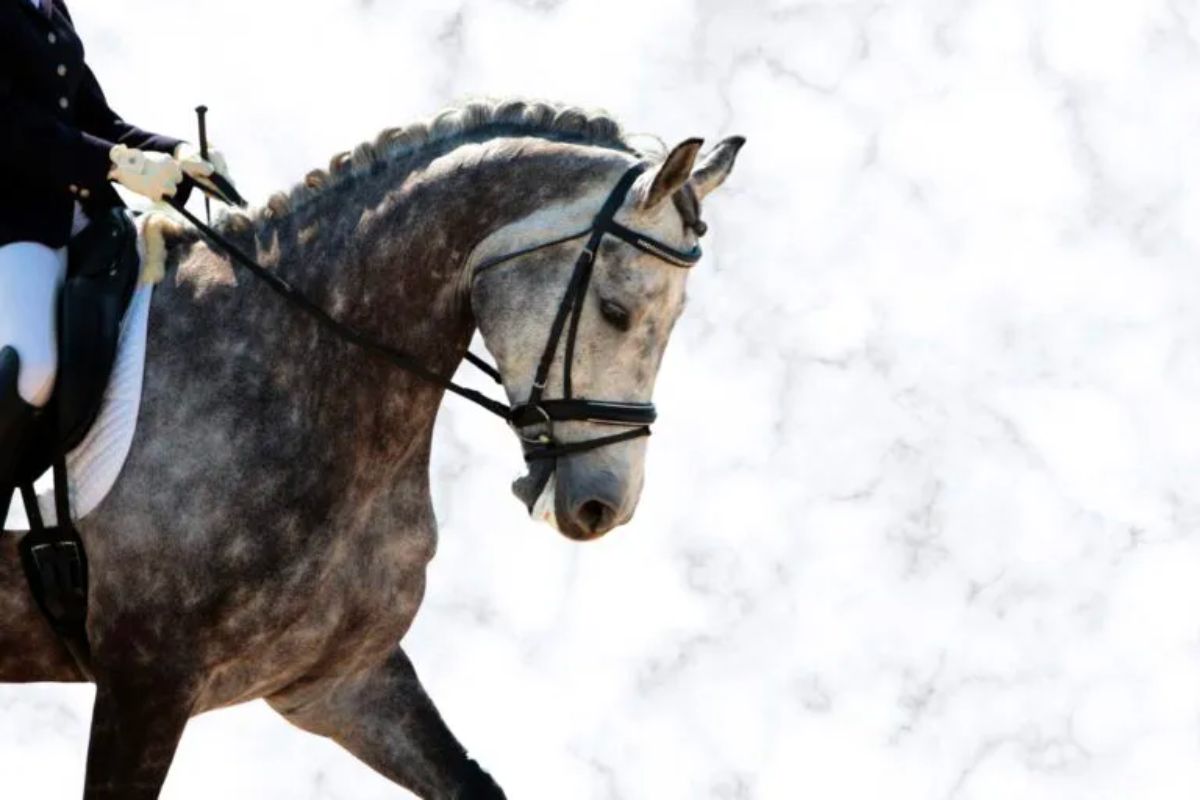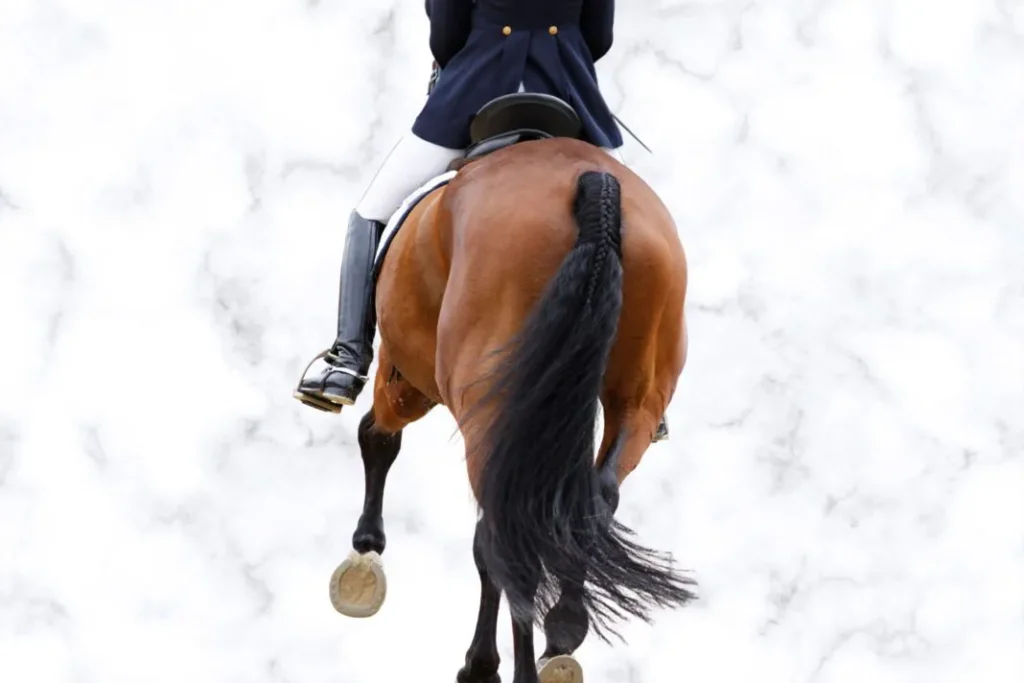Menu

Would you like to score higher percentages in front of the judges or ensure that you continue to progress in dressage training? Then you must dare to delve into the details and focus on precision. Another way to put it is: The further you and your horse progress in your education, and the more you master the basic dressage knowledge, the more you should focus on refining.
Often, the immense effort is found in the small details, and the greatest amount of patience is required – but that's also where real development can occur. Here, we explain with three examples how you can become more detail-oriented, paving the way to become an even better dressage rider.
One should not underestimate the significance of a beautiful transition. Although it might be one of the hardest – and perhaps one of the most tedious – things to practice, you can never bypass them. Without realizing it, one makes numerous transitions during training, and they are found everywhere in every dressage program.
To give your transitions the attention they require for improvement, think of them as independent exercises. A transition must be prepared and executed with the attention it demands before moving on to the next exercise.

Instead of merely focusing on getting the horse from one gait to another, try to make the transition as smooth as possible and pleasant to watch. Ask yourself: Is the horse straight and ahead of my legs before I make the transition? Do I sit back during the transition, and do I remember to place most of the weight in my seat instead of pulling the reins? What else can I do to make the transition look better?
It's strenuous for the horse to make transitions – and equally so for the rider. Building the muscles required for a near-perfect transition takes time. If you train for it, it will pay off in the end. Just arm yourself with patience.
A walk is not just a walk. Unfortunately, the walk is often perceived as 'the easy gait' or the one that doesn't require much effort. This is entirely wrong and regrettable if the rider wants to improve. All dressage programs include walking work, and great emphasis is placed on its quality.
The best way to realize the importance of this gait is never to let your horse 'just walk'. This applies even during warm-ups and cool-downs. One thing you can do is to distinguish between collected walk, free walk, and medium walk – and be aware of when you're riding each. If the horse needs a break after a collected trot or canter, you can prompt it into a free walk. Then, you can collect it into a collected walk or medium walk before transitioning into a trot or canter again.
Never underestimate how much focusing on the walk can benefit your dressage training. If you feel it's demotivating, you can also take a long walk in nature. Outdoors, the horse has a natural drive, making walking work easier – especially if you want to train walk length and tempo changes. Whether you practice the horse's walk on the track or in the terrain, refining it will undoubtedly improve you as a dressage team. A good walk is the foundation for the rest of the dressage work.
Are you aware of the shapes you and your horse follow on the track? Circles and arcs might be among the more tedious exercises that one often overlooks in training. However, the shape of the exercises directly influences the evaluation of the dressage program – and it's truly unfortunate to lose points for not riding a circle round.
To refine the shapes in your dressage riding, imagine that the circle you're riding has four points. The arc must pass through all four points to be perfectly round. The same applies to serpentines and half-circles – here, you only need to focus on two points.
In working with shapes on the riding track, also remember to distinguish clearly between when you should ride right into the corner and when you shouldn't.
Training precision with your horse not only affects the quality of individual exercises. It can also improve the rider in a more general sense. When you tell your horse that precision is essential, you also teach it to be even more responsive to your signals. This refines your communication further, making work on the details easier. By continually refining what you already know, you and your horse will always have something to work on in training. The more detail-oriented you become, the better you will be in the long run. In other words, being detail-oriented as a dressage rider pays off.
Source: FEI / Danish Equestrian Federation. The article was originally published in April 2020.